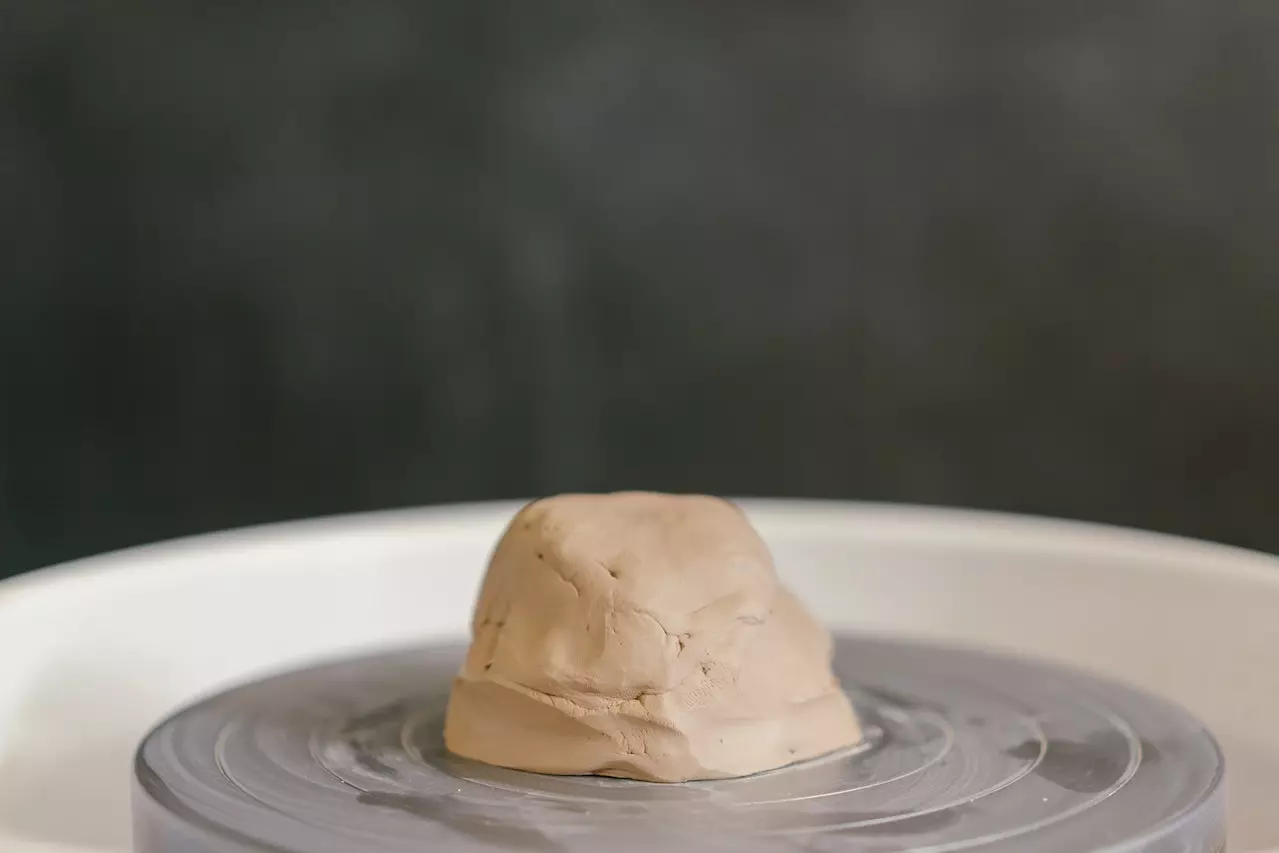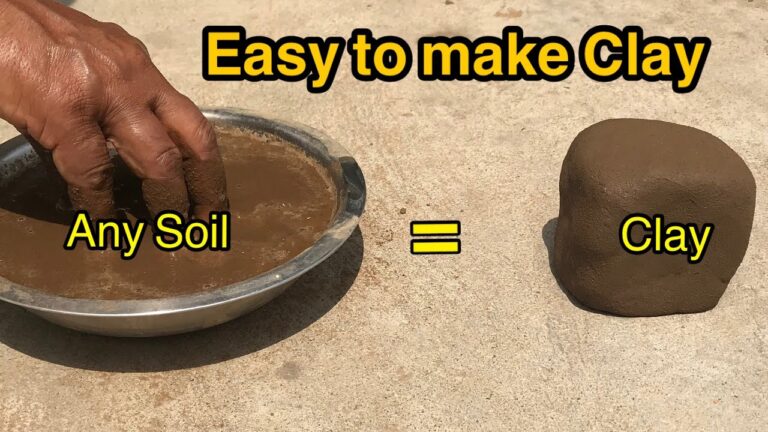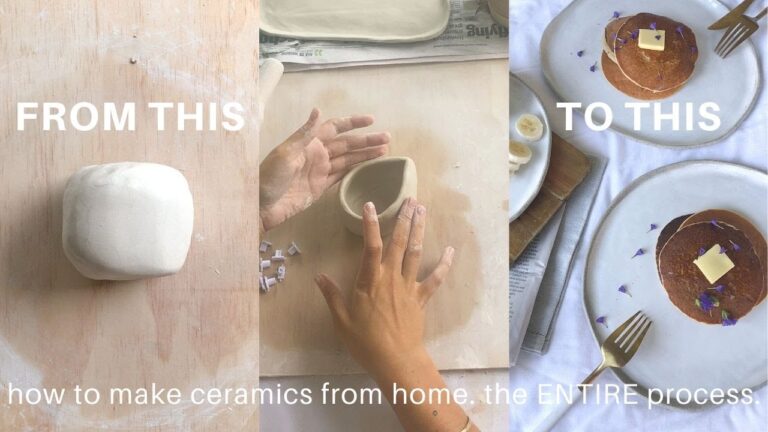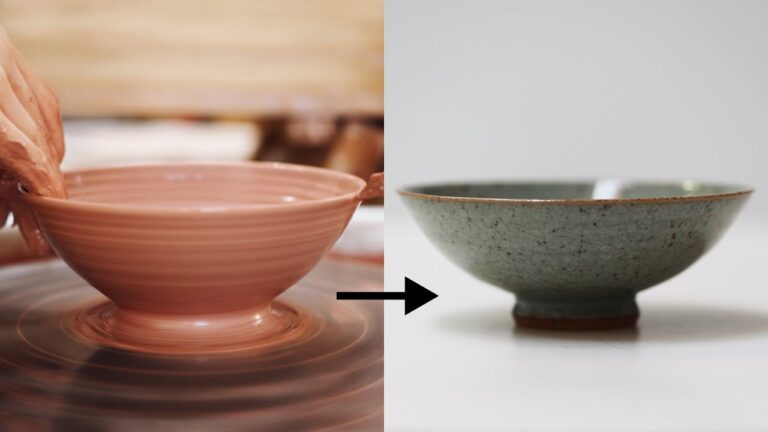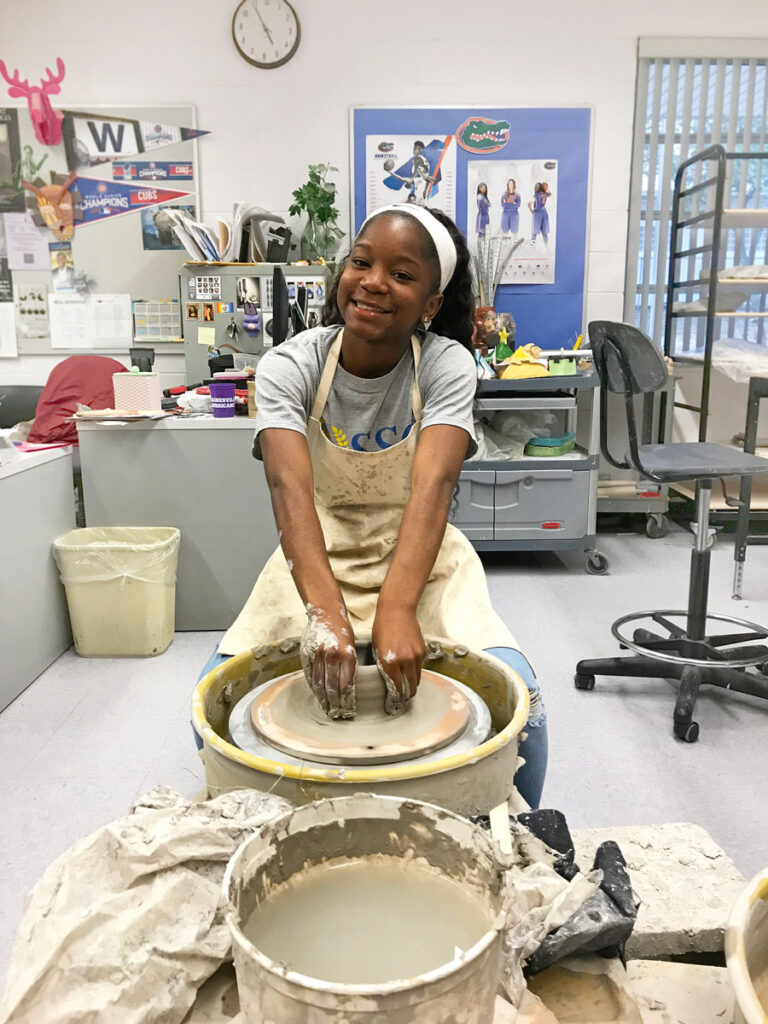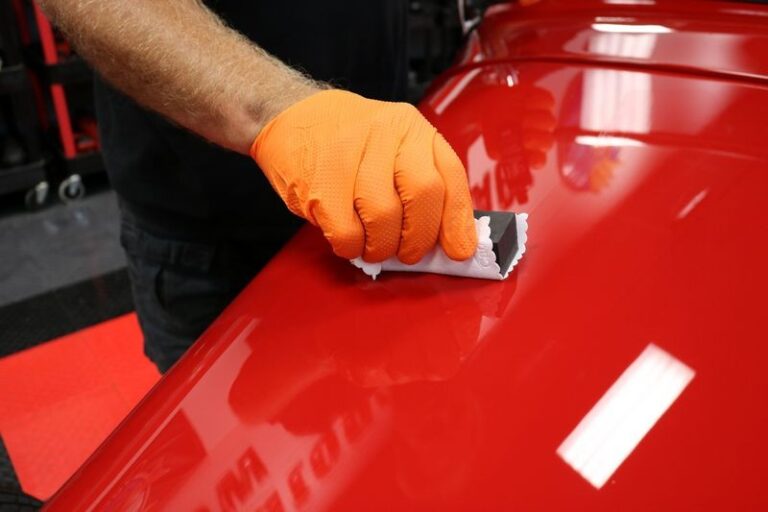How to Choose a Pottery Wheel
Pottery is a beautiful and expressive art form that requires skill, patience, and the right tools. One of the most essential tools for any potter is a pottery wheel. Choosing the right pottery wheel can significantly impact your pottery experience and the quality of your creations. In this article, we will guide you through the process of selecting the perfect pottery wheel to suit your needs.
Introduction
Pottery wheels are mechanical devices that spin clay to create symmetrical and well-formed pottery pieces. They provide the foundation for shaping clay, allowing potters to create beautiful pots, bowls, vases, and various other ceramic objects. Selecting the right pottery wheel is crucial as it affects your comfort, productivity, and the overall outcome of your pottery projects.
Factors to Consider When Choosing a Pottery Wheel
Budget and Cost
When starting your search for a pottery wheel, it’s essential to determine your budget. Pottery wheels come in a wide range of prices, from affordable options for beginners to high-end models for professionals.
Consider your financial capacity and allocate a reasonable budget for your pottery wheel. Remember that quality and features often correlate with price, so strike a balance between your budget and the wheel’s value.
Wheel Type
Pottery wheels are available in different types, including electric pottery wheels, kick wheels, and treadle wheels. Electric pottery wheels are the most common and convenient type, powered by an electric motor.
Kick wheels are operated manually using a foot pedal, providing a more traditional experience. Treadle wheels are a variation of kick wheels that use a treadle instead of a foot pedal. Each type has its advantages and disadvantages, so choose based on your preference, skill level, and the pottery experience you seek.
Power and Speed
Consider the power and speed capabilities of the pottery wheel. The motor power and torque determine how effectively the wheel can handle different clay consistencies and sizes. Adjustable speed control is also crucial, as it allows you to regulate the wheel’s rotational speed based on your pottery techniques and preferences. Ensure the wheel’s power and speed align with your intended pottery projects.
Wheel Size
The wheel’s size plays a significant role in determining its usability and functionality. The diameter and depth of the wheel head affect the maximum size of pottery you can create. Larger wheels accommodate bigger pieces, while smaller ones are suitable for smaller and more intricate works. Additionally, consider the balance between portability and workspace requirements, especially if you have limited space in your pottery studio.
Stability and Durability
A stable and durable pottery wheel ensures a smooth and hassle-free pottery experience. Look for wheels made with solid construction materials, such as sturdy metal frames. A stable frame reduces vibrations and provides a sturdy base for your pottery. The wheel head should also be robust and well-constructed. Consider the wheel’s overall longevity and the maintenance required to keep it in optimal condition.
Wheel Head and Bat System
The wheel head is the rotating surface where you place your clay. It comes in various sizes and materials, such as plastic, plaster, or metal. Consider the type of pottery you create and choose a wheel head that suits your needs.
Additionally, look for pottery wheels with a removable bat system. A bat is a disc or board that holds the clay, allowing for easy removal and replacement of pottery pieces. Having a versatile bat system enhances your pottery workflow.
Noise and Vibration
Pottery wheels can produce varying levels of noise and vibrations during operation. Consider your working environment and personal preference when evaluating the noise level of a pottery wheel.
Quieter options are available, which can be beneficial if you share your pottery space with others or prefer a quieter atmosphere. Additionally, minimizing vibrations enhances your comfort and control while throwing clay.
Ease of Use
Choose a pottery wheel that is user-friendly and suits your level of experience. Look for intuitive controls and an interface that is easy to navigate. Ergonomic design is also essential, especially if you plan on spending long hours working on your pottery projects. Consider your physical comfort and the ease of operating the wheel’s features.
Additional Features
Certain pottery wheels come with additional features that can enhance your pottery experience. One such feature is the reverse functionality, which allows the wheel to spin in both clockwise and counterclockwise directions.
This can be useful for achieving specific pottery effects. Another feature to consider is pedal sensitivity and adjustability, allowing you to fine-tune the wheel’s speed and responsiveness. Built-in splash pans and water reservoirs are convenient additions that help contain the mess and provide easy access to water during the pottery process.
Brand Reputation and Reviews
Before making a final decision, research the reputation of different pottery wheel brands. Look for brands that are known for their quality, reliability, and customer satisfaction.
Reading customer reviews and feedback can provide valuable insights into the experiences of other potters. Additionally, seek recommendations from experienced potters or pottery communities to gather further information and opinions.
Space and Portability
Consider the available space in your pottery studio or workspace. If you have limited space, look for compact pottery wheel options that can fit comfortably. Portability may also be a factor to consider if you need to move or transport your pottery wheel. Evaluate the weight of the wheel and any portability features it may have, such as foldable legs or built-in handles.
Support and Warranty
Check the manufacturer’s warranty and support options for the pottery wheel you are considering. A reliable warranty provides peace of mind in case of any defects or issues with the wheel. Additionally, ensure that spare parts are readily available in case of future repairs or replacements. Research the manufacturer’s reputation for customer support and responsiveness.
Testing and Trying Out
If possible, visit pottery supply stores or studios that have different pottery wheels available for testing and trying out. Hands-on experience can give you a better sense of the wheel’s feel, stability, and overall suitability for your needs. Seek expert advice and guidance from experienced potters or store professionals who can provide personalized recommendations based on your skill level and pottery goals.
FAQs
1. How much does a pottery wheel cost on average?
Pottery wheels vary in price depending on factors such as brand, features, and quality. Entry-level pottery wheels for beginners can start at around $300, while high-end professional-grade wheels can range from $1,000 to $3,000 or more.
2. Are electric pottery wheels better than kick wheels?
Both electric pottery wheels and kick wheels have their advantages and disadvantages. Electric wheels offer convenience, consistent speed control, and ease of use, making them popular among potters of all levels.
Kick wheels provide a more traditional and hands-on pottery experience, allowing for greater control over the wheel’s speed and responsiveness. The choice between the two depends on personal preference, skill level, and the pottery experience you seek.
3. Can I use a small pottery wheel for larger projects?
While small pottery wheels can handle smaller and more intricate projects, they may not be suitable for larger pieces due to size limitations. For larger projects, it is recommended to use a pottery wheel with a larger wheel head and greater stability to accommodate the clay’s size and weight.
4. What are the best brands for pottery wheels?
There are several reputable brands known for their quality pottery wheels, including Shimpo, Brent, Skutt, Speedball, and Amaco. It is advisable to research and read reviews specific to each brand and model to determine which one best suits your needs.
5. How long does a pottery wheel typically last?
The longevity of a pottery wheel depends on various factors, such as the quality of construction, maintenance, and frequency of use. With proper care and maintenance, a well-built pottery wheel can last for many years. Regular cleaning, lubrication, and following the manufacturer’s guidelines for maintenance can help prolong the wheel’s lifespan.
Conclusion
Choosing the right pottery wheel is a significant decision for any potter. By considering factors such as budget, wheel type, power and speed, wheel size, stability and durability, wheel head and bat system, noise and vibration levels, ease of use, additional features, brand reputation, space and portability, support and warranty, and testing and trying out options, you can make an informed choice that aligns with your pottery requirements and preferences. Invest in a pottery wheel that will enhance your creativity, productivity, and enjoyment of the pottery process.
